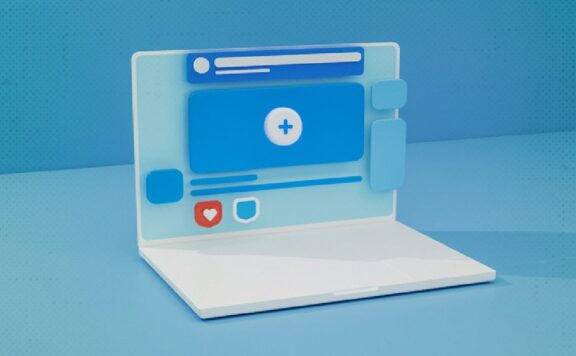Matt Spriegel, Founder and CEO of Atiom, highlights how gamification drives real behavioral change in the workplace by aligning motivation, meaning, and mastery to help employees achieve their fullest potential.
It’s one of the biggest questions on any business leader’s mind: How can I effectively motivate employees to achieve their fullest potential? The science of behavioral change is complex. But luckily it’s exactly that: a science. This field of study has grown leaps and bounds in recent years as more research reveals what truly incites us to change and grow.
Gamification, or the process of enhancing systems through the integration of game design elements has been identified by leaders as a key tactic for increasing engagement and motivation. It’s a human-focused way of designing systems, not just accommodating our insecurities, eccentricities, and aspirations, but actually leveraging them to help us reach our respective full potentials. It can inspire healthy competition within a team and enable heightened levels of motivation and performance.
Meaning is a crucial foundation for gamified behavioral change systems. It provides a reason as to why an employee should care about the quality of their work. Any gamified system needs to start by making it clear to employee participants that:
- The business is investing in their success.
- That any successful organization is only made possible by the success of its composite parts.
- That professional development is not just a road to success in the short-term, but a powerful tool for building a life-long career.
Empowerment must play a key role in a gamified system because team members need to see not just what success looks like, but exactly how it can be achieved.
Nothing is more demotivating than being given a task to complete without the necessary provisions. Doing so can make staff feel like they are set up to fail, so make sure your staff have the right tools and technology that they’ll need to win.
Social influence in a gamified system often means public recognition from leadership and other members of the team, and could take the form of a simple “Good job!” in a public forum, likes and comments on a message board, or a tried-and-true Employee of the Month award.
But it goes beyond that as well. Public celebration of success rewards mastery of a certain quality, so treat your staff like the experts they’ve become. Enable them to share their tips and tricks with colleagues on in-person or digital forums, so they can enjoy the feeling of satisfaction and prestige that comes not just from mastering a skill, but from helping others master it, too.
Unpredictability is important to gamified systems because we all have to be prepared for the unexpected. Just as the unexpected can pop up any day at work, so should your gamified systems keep participants on their toes by regularly introducing new content and new challenges.
Like social influence, importance is key to a gamified system. Motivated, engaged employees believe in the impact they can make with their contribution–and they worry what will happen at work if they’re not able to contribute. That’s why the best gamification tactics show or even tally the real value of an employee’s accomplishments, for example, through points that can be exchanged for dollar-valued rewards.
Scarcity in gamified staff training adds a sense of urgency. If, for example, you only provide employees with one chance every day to take a knowledge quiz with the chance to win points or prizes, they’ll treat their only daily opportunity with higher stakes.
Ownership can be accomplished in a number of ways, but one common tactic is personalized development journeys, such as paths that employees can customize to their personal professional goals as they continue to play.
Accomplishment is key at every step of a gamified system, from just setting up your profile to moving up in the rankings of a company or team-wide leaderboard. A leaderboard can also help to promote healthy competition within a team, keeping staff motivated and enabling higher performance levels to be maintained.
Achievements big and small should be celebrated. In fact, bite-size milestones such as, for example, a consecutive-day streak of completed challenges, are one of the most effective ways to motivate employees to keep coming back.
Final takeaways for implementing gamification at your company
The best gamified systems don’t cherry-pick game elements at random. They’re built with features deliberately designed to satisfy each part of the framework, mutually reinforcing the extrinsic and intrinsic motivators that guide each of us to success.
If you’re only just beginning to consider the merits of gamification for your company, keep these final considerations in mind for designing your paths to behavioral change:
Define what makes an employee at your company successful. That may vary by specialty or practice area, but do your best to identify the set of characteristics that enable your best employees to thrive.
The technology we use to learn and grow has changed a lot over the years. Closely consider the daily habits of your team to choose the technology, tools, and methodologies that will most easily fit into their existing habits.
Take the time to understand the demands on your employees. Unless you understand their day-to-day challenges, it will be impossible to accurately enable them with the tools they need to overcome those challenges, let alone do it in a way that will keep them engaged and encouraged.
Successful team motivation systems can take many shapes and forms, but whatever the particulars of your program, make sure you’ve taken a science-backed approach to gamification and behavioral change.





